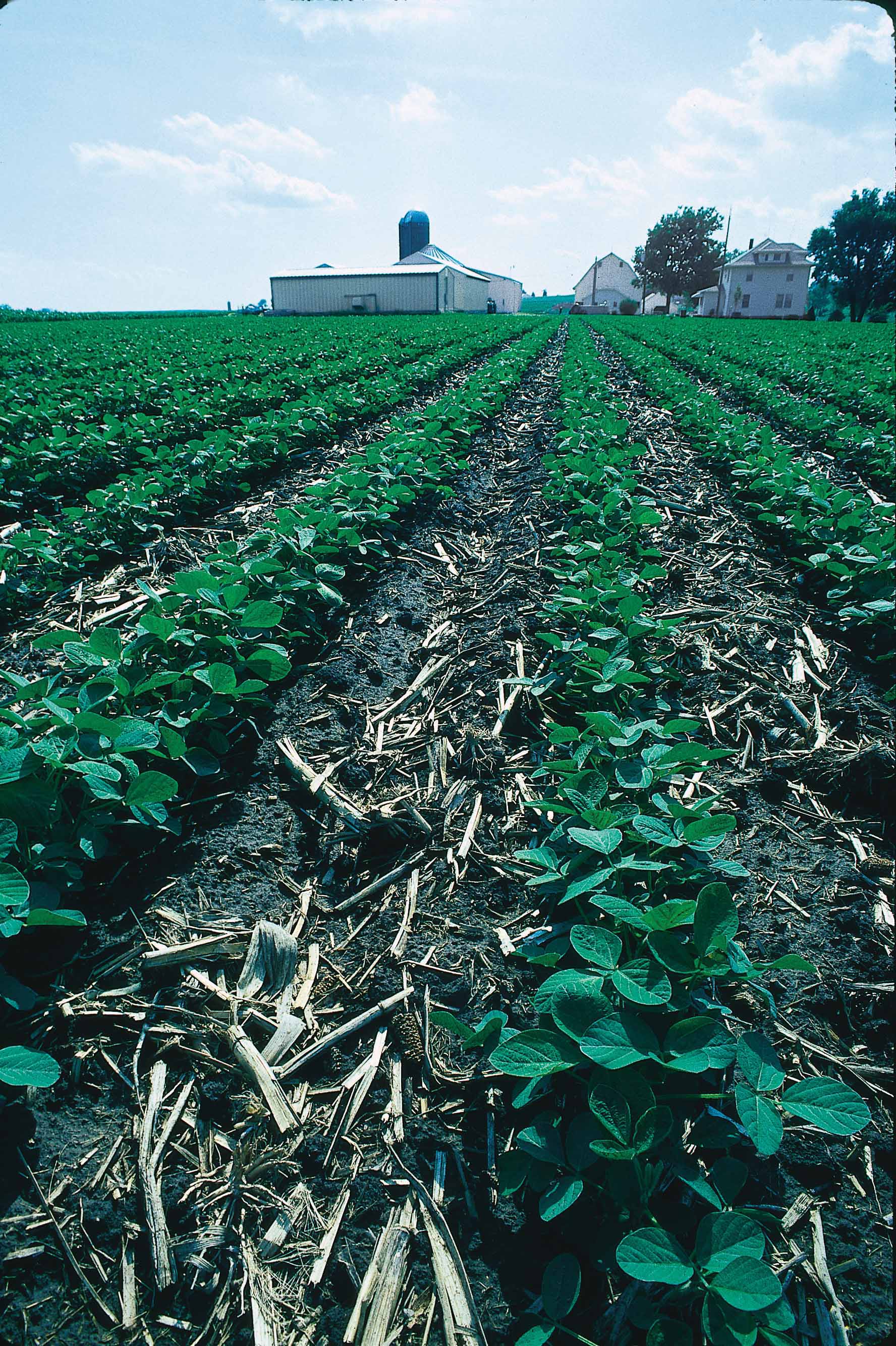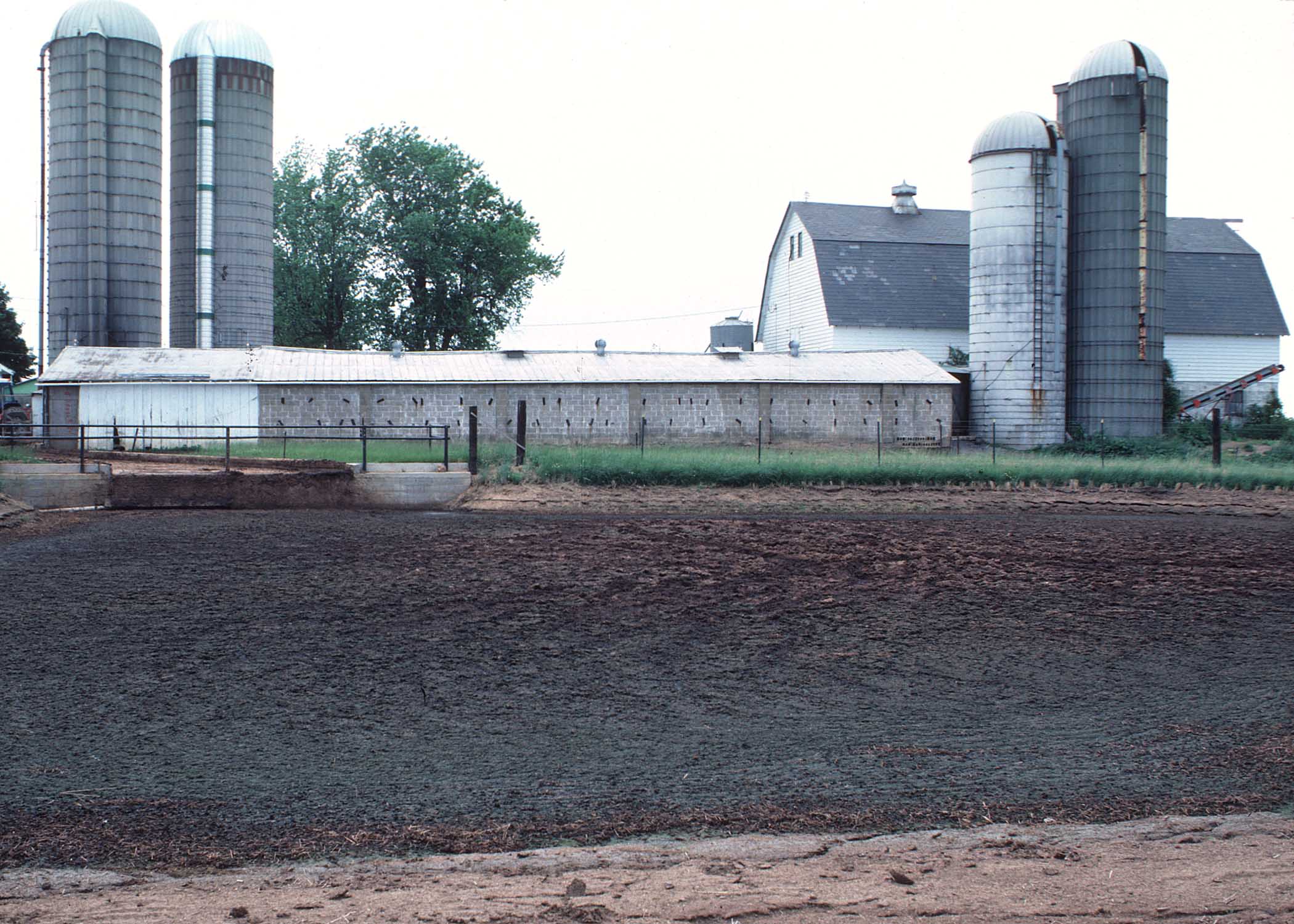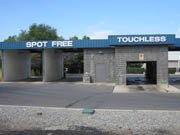UPCOMING EVENTS
View full calendarBest Management Practices
Best management practices (BMPs) describe ways to manage your land and activities to mitigate pollution of surface and groundwater near you. These practices are usually simple and low tech, and benefit your household and land in many ways. Click the pictures below to learn more about specific BMPs. You can also check out this BMP Monitoring Guide to see how streams are monitored.
AGRICULTURAL BMPS
Some examples of agricultural BMPs include safe management of animal waste, controlling pests and nutrients, contour farming, crop rotation, and vegetative buffers near streams. As outlined by the CORE 4 program*, there are 8 types of agricultural BMPs which include:


- Conservation Tillage - the practice of leaving harvested plant materials on the soil surface to reduce runoff and soil erosion;
- Crop Nutrient Management - managing all nutrient inputs helps ensure that nutrients are available to meet crop needs while reducing nutrient runoff;
- Pest Management - using various methods for managing pests while protecting soil, water, and air quality;
- Conservation Buffers - using vegetation strips to provide additional barriers of protection which prevent potential pollutants from running off into surface waters;
- Irrigation Management - increasing irrigation efficiency can reduce non-point source pollution of ground and surface waters;
- Grazing Management - managing livestock grazing to lessen the water quality impacts (e.g. reduce erosion potential);
- Animal Feeding Operations Management - using runoff control, proper waste storage, and nutrient management to minimize the impacts of animal feeding operations;
- Erosion and Sediment Control - using practices to conserve and reduce the amount of sediment reaching water bodies, overall protecting agricultural land and water quality.


For more on agricultural BMPs, visit the Ag Waste Management Page. Also check out the links below.
Checklists of common ag BMPs
Animal Lots and Manure Storage AreasManure ApplicationNutrient ManagementLand Management
Manure BMPs and protecting your water
Manure Best Management PracticesManure Fact SheetManure SurveyWhat's the Risk to Your Water from a Livestock Yard?
URBAN BMPS

Urban BMPs can be implemented to help reduce pollution in our local water bodies:
 1. Use Fertilizers Wisely
1. Use Fertilizers Wisely- Apply at the right time and in the right amounts. If more fertilizer is applied than the grass can utilize, it can wash into nearby streams and lakes.
- Get a soil test to see what your soil needs.
- Fertilizer with slow release nitrogen is better for the environment.
 2. Apply Pesticides Wisely
2. Apply Pesticides Wisely- Identify the pest, disease, or cause of the problem.
- Learn when and where pesticides are needed.
- Select chemicals that are the least toxic or that break down quickly.
- Always read the label before mixing and applying pesticides.
 3. Use Landscaping Practices that Prevent Erosion
3. Use Landscaping Practices that Prevent Erosion- Protect soil by planting groundcover vegetation or by using mulch. Soil washed away by rain can pollute streams and lakes.
- Gardens and construction sites with areas of bare soil, especially on sloped land are prone to erosion.
- Use the mulch setting on your mower and start grass-cycling. Just leave the grass on the lawn. It provides needed nutrients to the soil and grass.
 4. Wash Your Vehicle Wisely
4. Wash Your Vehicle Wisely- Use a commercial car wash. Waste water from these businesses does not enter the storm drains and is sent to a water treatment facility.
- If washing your car at home, pull your vehicle onto the grass before you start washing. This will help water the yard as well as keep the soapy water from running straight into the storm drain.
 5. Dispose of Pet Waste
5. Dispose of Pet Waste- Pet waste washed into streams, rivers, or lakes, contributes to nutrient pollution. Pet waste can carry disease carrying organisms.
- Dispose of pet waste properly by either collecting the waste and flushing it down the toilet, burying it in the yard about 5 inches deep, or putting it in the trash.
- Never pour chemicals such as paint or oil onto the yard or directly into storm drains, or the next rain will take the chemicals directly to your local stream.
- See if there is a household chemical collection center near you and drop off chemicals there if possible. These centers provide safe, environmentally friendly disposal and are usually free.
- Look for alternative cleaning products that are less hazardous to the environment.
EXPLORE THESE LINKS FOR MORE ON URBAN BMPS
FOREST BMPS

- Sometimes upgrading an old road can be more cost-efficient and less damaging than
creating roads.
 Proper Planning of Roads
Proper Planning of Roads- Minimize the number, width and length of roads (this will also decrease the amount of maintenance required to maintain the road and save the landowner money).
- Locate roads on well-drained soils whenever possible.
- Keep road grades below 10% when possible. If roads exceed 10% for long distances install road drainage features.
- Have roads follow natural contours as much as possible. This will reduce cuts and fill materials needed and also decrease the amount of disturbed area.
- Compact fill material during construction and keep woody debris out of the road base so that the material will not deteriorate and leave voids.
- Trees and shrubs should be maintained at the base of the slope to act as a filter and trap sediments.
EXPLORE THESE LINKS FOR MORE ON FOREST BMPS
Utah's Forest Water Quality GuidelinesStreamside Management ZoneStream CrossingsForest RoadsForest Water Quality Guidelines


